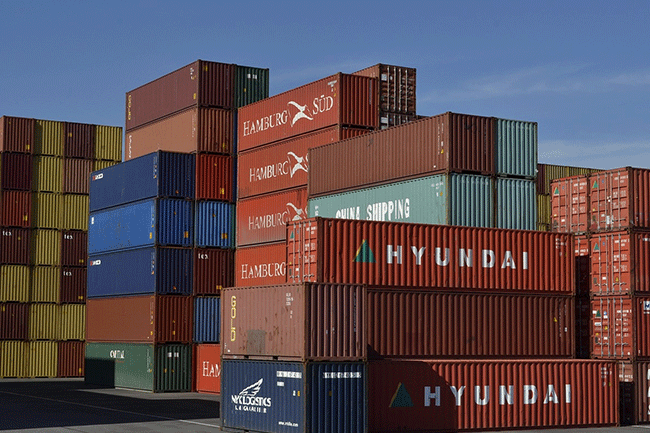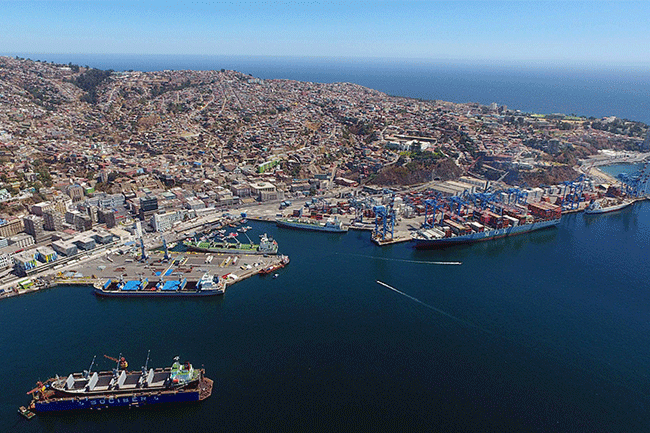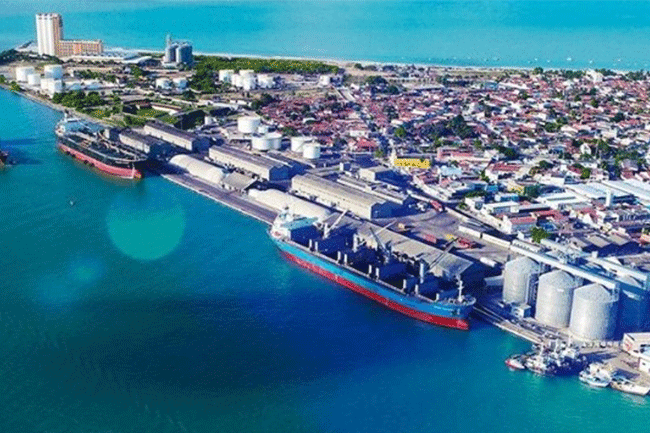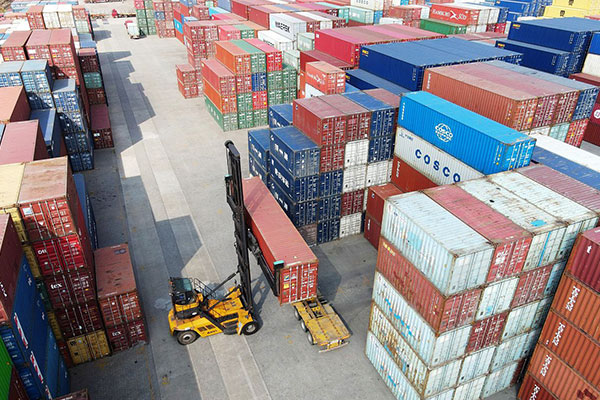- Shanghai Zhongshen International Trading Co., Ltd. – Your reliable partner with 20 years of import/export agency service expertise.
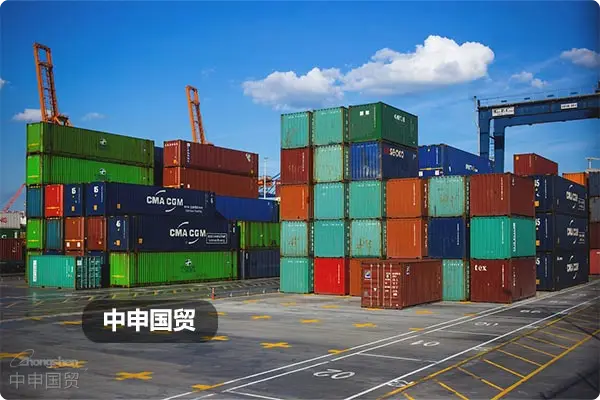
Invisible Barriers: The Game Behind Japans JIS Certification
After the implementation of the newly revised Industrial Standardization Law in 2025, imported equipment involving mechanical transmission components will face stricter technical barriers. Our case records show that a Jiangsu-based company suffered direct losses of $370,000 when their batch of CNC equipment was detained by Osaka Customs due to lack of JIS-MT-2025 certification.
Three Fatal Traps in Import Processes
According to latest data from JETRO, Chinese companies equipment procurement disputes with Japan in 20251- May increased by 21% YoY, mainly concentrated in:
- Hidden Tariff Costs
- Additional Taxes Triggered by HS Code Misclassification
- Origin CertificateLoss of Preferential Tax Rates Due to Documentation Deficiencies
- Spatiotemporal Dislocation in Logistics
- Warehousing Cost Surges Caused by Shipment Delays
- Lack of Transportation Solutions for Special-Sized Equipment
Five Golden Criteria for Selecting Agency Service Providers
Evaluating quality agencies shouldnt be limited to price comparison. We recommend focusing on:
- Number of Licensed Customs Specialists in Japan (Recommended ≥3)
- Dual-Port Operation Capability in Kansai/Kanto Regions
- Clearance Success Rate for Similar Equipment in Past 3 Years
- Crisis Response Speed (Recommended 2-Hour Emergency Mechanism)
- Completeness of Compliance Traceability Systems
Coping Strategies Under 2025 New Policies
Regarding revisions in Japans Ministry of Finance Order No. 32, importers should pay special attention to:
- New Regulations on Electronic Payment Voucher Certification (Effective from April, 2025)
- Used equipment: Must provide depreciation assessment reportEquipment importAdditional Review System (Applicable to Equipment Manufactured Before 2008)
- Expansion of Strategic Goods Control List (12 New Categories of Precision Instruments Added)
Practical Case: Lessons from a 36-Hour Emergency Customs Clearance
In March, 2025, a semiconductor company encountered an emergency situation when importing lithography machine auxiliary equipment:
- Sudden Issue: HS Code Misclassified as Restricted Commodity
- Countermeasures: Activated Three-Level Appeal Mechanism + Technical Documentation Review
- Final Outcome: Goods Released Within Statutory Customs Clearance Time Limit
By establishing a preventive compliance review mechanism, we have reduced average customs clearance time for similar transactions to 1.8 working days, achieving 40% higher efficiency than industry average. Professional agency services lie not only in process execution, but more importantly in anticipating policy changes and maintaining professional crisis management capabilities.
? 2025. All Rights Reserved.
